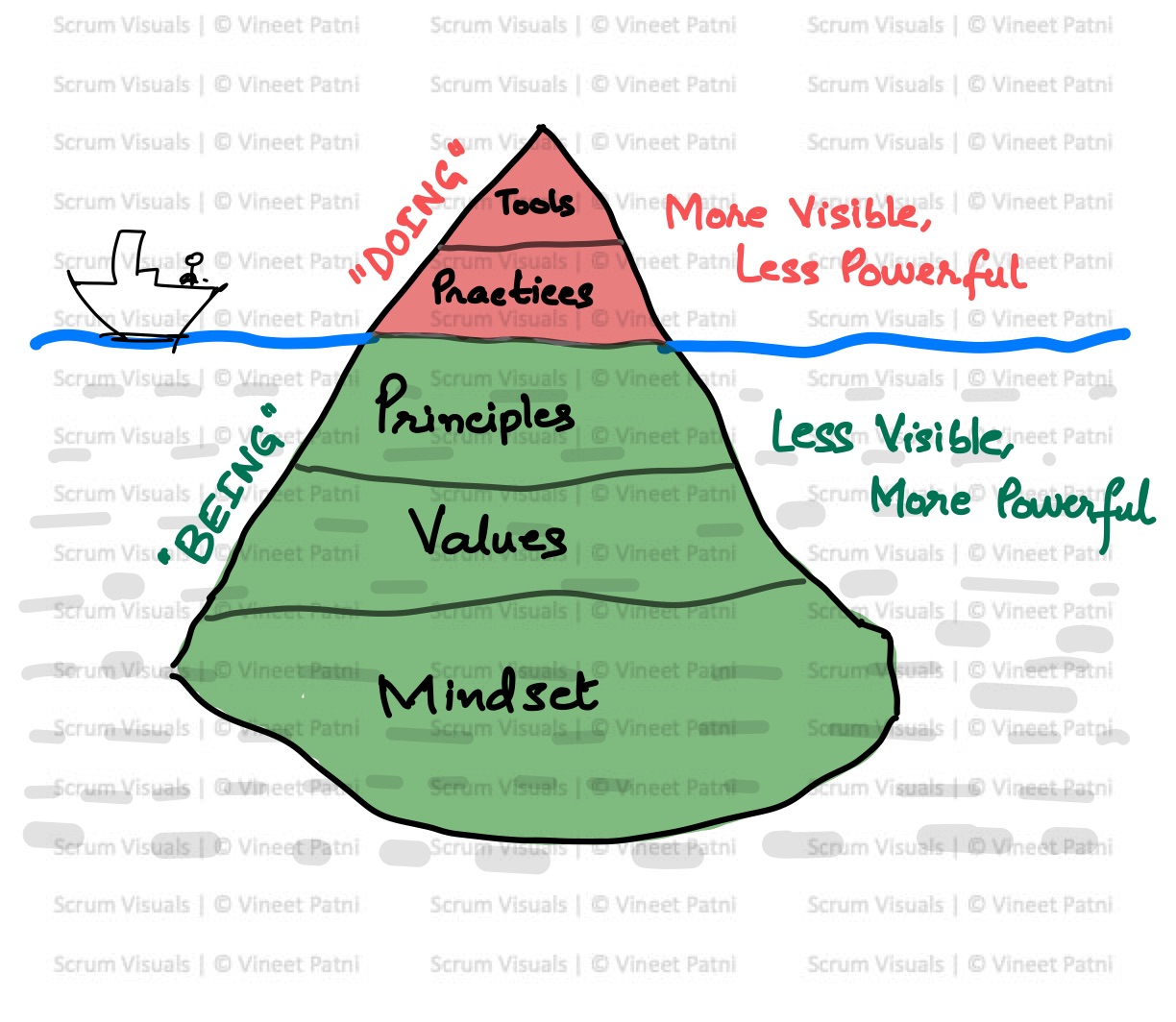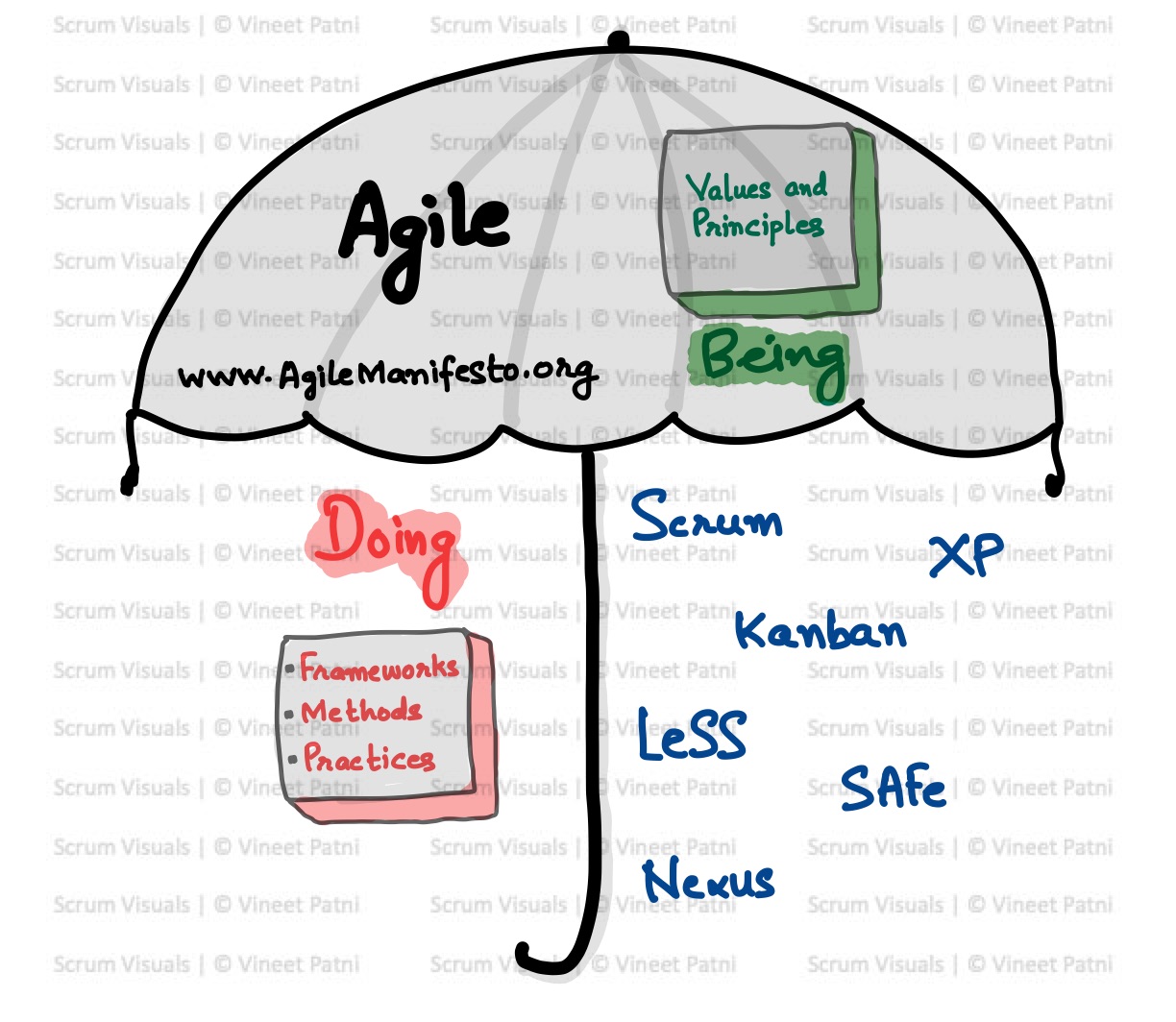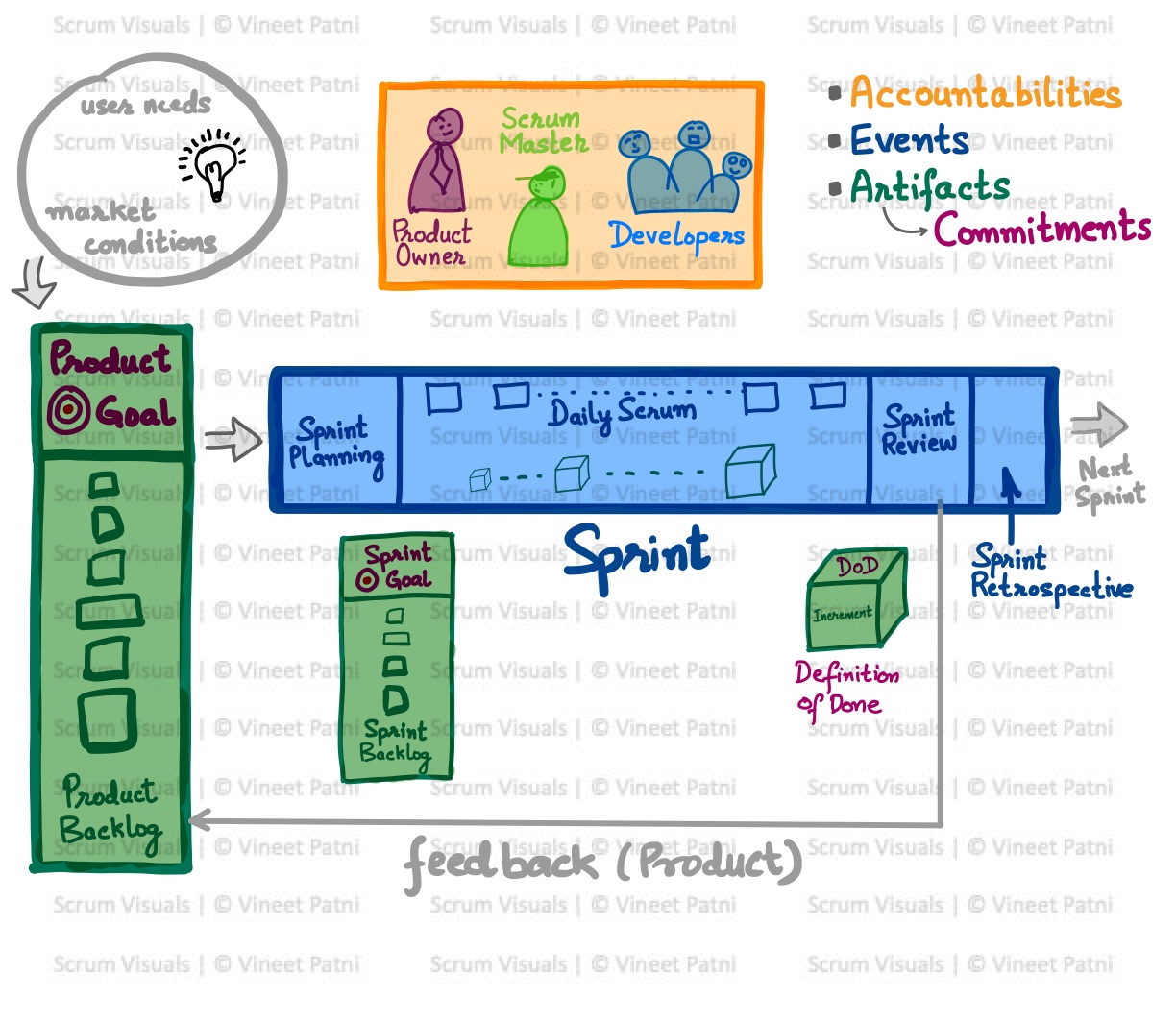Scrum vs Kanban: How to Decide the Better Fit for Your Workflow
Agile Project Management has become the go-to approach for delivering value quickly and efficiently. Among its most popular practices are Scrum and Kanban. While both focus on improving workflow and maximizing customer value, they follow different approaches to achieve these goals.
What is Scrum?
Scrum is a framework for iterative and incremental development that relies on short, timeboxed sprints—typically one month or less in duration.
- At the start of each sprint, the team commits to a specific value goal (aka Sprint Goal).
- Throughout the sprint, the team collaborates to achieve this goal.
- Ultimately, they produce a working product increment for customers.
This structured approach provides clear goals, accountability, and continuous improvement through Events such as Sprint Planning, Daily Scrum, Sprint Review, and Retrospective.
What is Kanban?
Kanban is a methodology focused on continuous flow and limiting Work in Progress (WIP).
- Teams visualize work using a Kanban board.
- As tasks are completed, they move seamlessly from one stage to the next.
- There are no fixed sprints or timeboxes—delivery is continuous.
This makes Kanban highly flexible and adaptable, ideal for teams that deal with unpredictable workflows.
Scrum vs Kanban: Key Distinctions
| Characteristic | Scrum | Kanban |
| Focus | Iterative development, short sprints | Continuous flow, limit WIP |
| Goals | Commit to a goal each sprint | No fixed goals or deadlines |
| Timeboxing | Yes – fixed sprint durations | No – continuous work |
| WIP Limits | No strict WIP limits (can be applied) | Limited WIP |
| Events | Sprint planning, Daily Scrum, Sprint Reviews, Sprint Retrospectives | No mandatory events; workflow driven |
Which One Should You Choose?
There is no one better than the other. Scrum provides rhythm or cadence, while Kanban provides Flow of delivery. Both can complement each other: Scrum with Kanban.
Conclusion
Both Scrum and Kanban are powerful Agile approaches that enhance delivery and adaptability. Choosing the right one depends on your project needs, team size, and organizational culture. If unsure, try experimenting with both to see what fits best.










